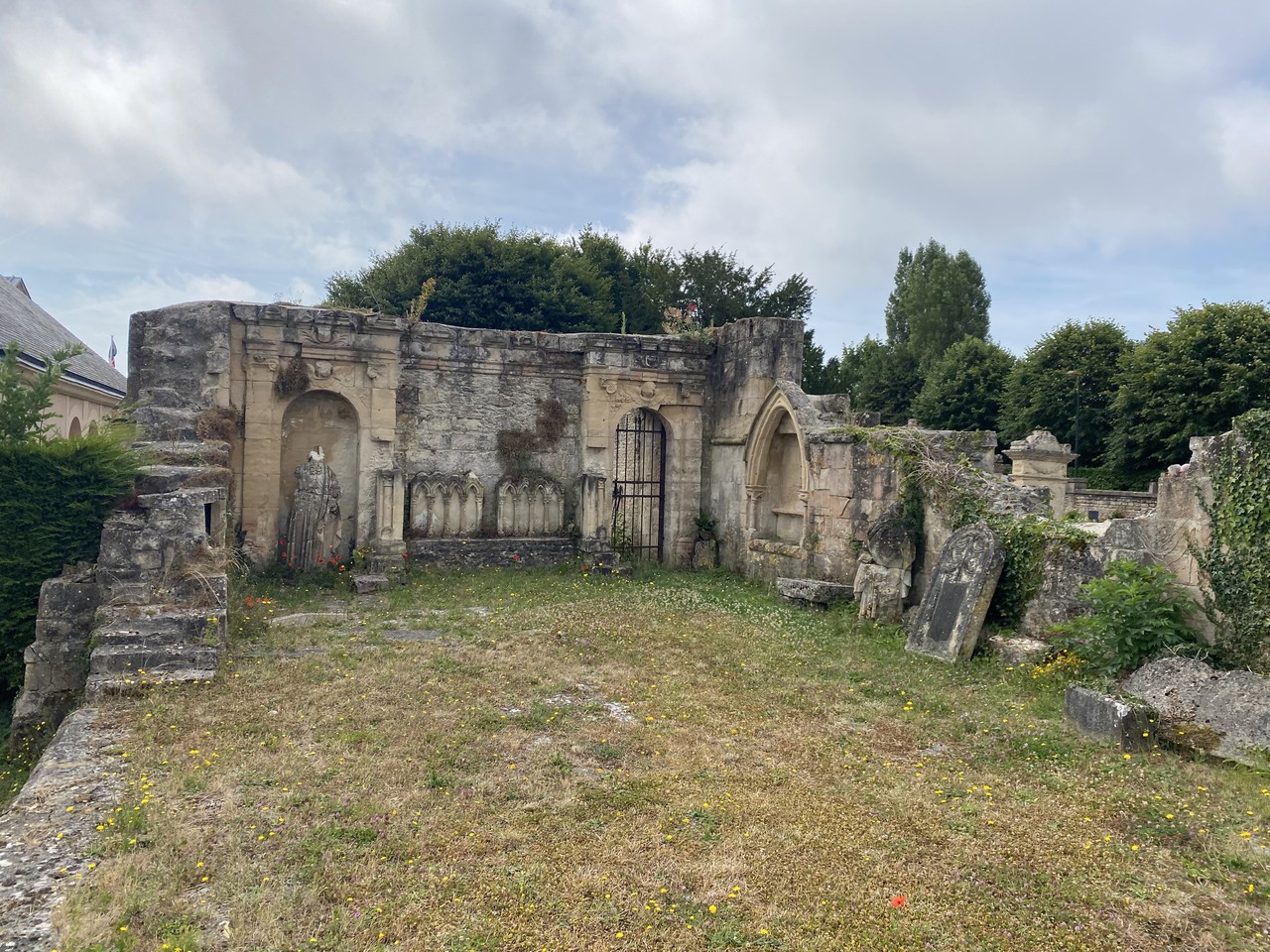On 6 June 1944, the German forces that occupied the Breville ridge area were pushed back from the villages by the Allies. However, the Germans held onto Breville-les-Monts. For the British 6th Airborne Division, whose task it was to hold the ridge and a defensive perimeter, the village of Breville was referred to as a ‘thorn in the side’.
The Germans on D-Day had formed a defence of the village and were heavily engaged by the British forces from the area of Amfreville and Chateau St Come. Daily patrols went out from the village, or British patrols would come forward. Each side would be under mortar fire and small arms fire as the British looked to push the Germans back and out of the village.
An unsuccessful attack was made from the sunken lane, Bois des Monts bungalow. This was on 10 June 1944 by the 5th Black Watch, 51st Highland Division. Three companies of men numbering upwards of 200-300 men carried out a front attack on the village. It was unsuccessful, with Company A receiving many casualties in the field close to the crossroads. German resistance was strong and stopped the attack that had made its way over the open ground in a frontal attack.
After intense fighting throughout the day on 12 June. The German forces had put in numerous attacks from Breville towards the Chateau St Come. It was then decided by Major Richard ‘Windy’ Gale, the officer in charge of the British 6th Airborne Division, that the Germans must be consolidated at Breville and the ‘thorn in the side’ removed.
At his disposal, he only has a small number of reserves, this was the 12th Parachute Battalion and a company of men from the 12th Devon’s. They were briefed that an attack would go in late at night and would be preceded by an artillery barrage in support.
The men of the 12th Parachute Battalion and 12th Devon’s formed up on the large green in front of the church in Amfreville at around 21:00. Sadly, artillery sounds fell short and killed the two senior officers from the respective battalions; many others were killed or wounded.
The attack had to still be carried out, and supporting the two battalions was the Sherman tank from the 13/18 Hussars. When the attack advanced into the village, the 12th Battalion slowly forced the Germans out.
The church had been hit directly during the artillery barrage; the Germans had stored ammunition within it. It was destroyed by the force of the blast and exploding ammunition. Today, all that can be seen is the outer wall and a small area of the altar. Around the cemetery, damage can be seen to many graves. The village was extensively rebuilt following the battle. It was finally liberated and held by the British on 13 June.
